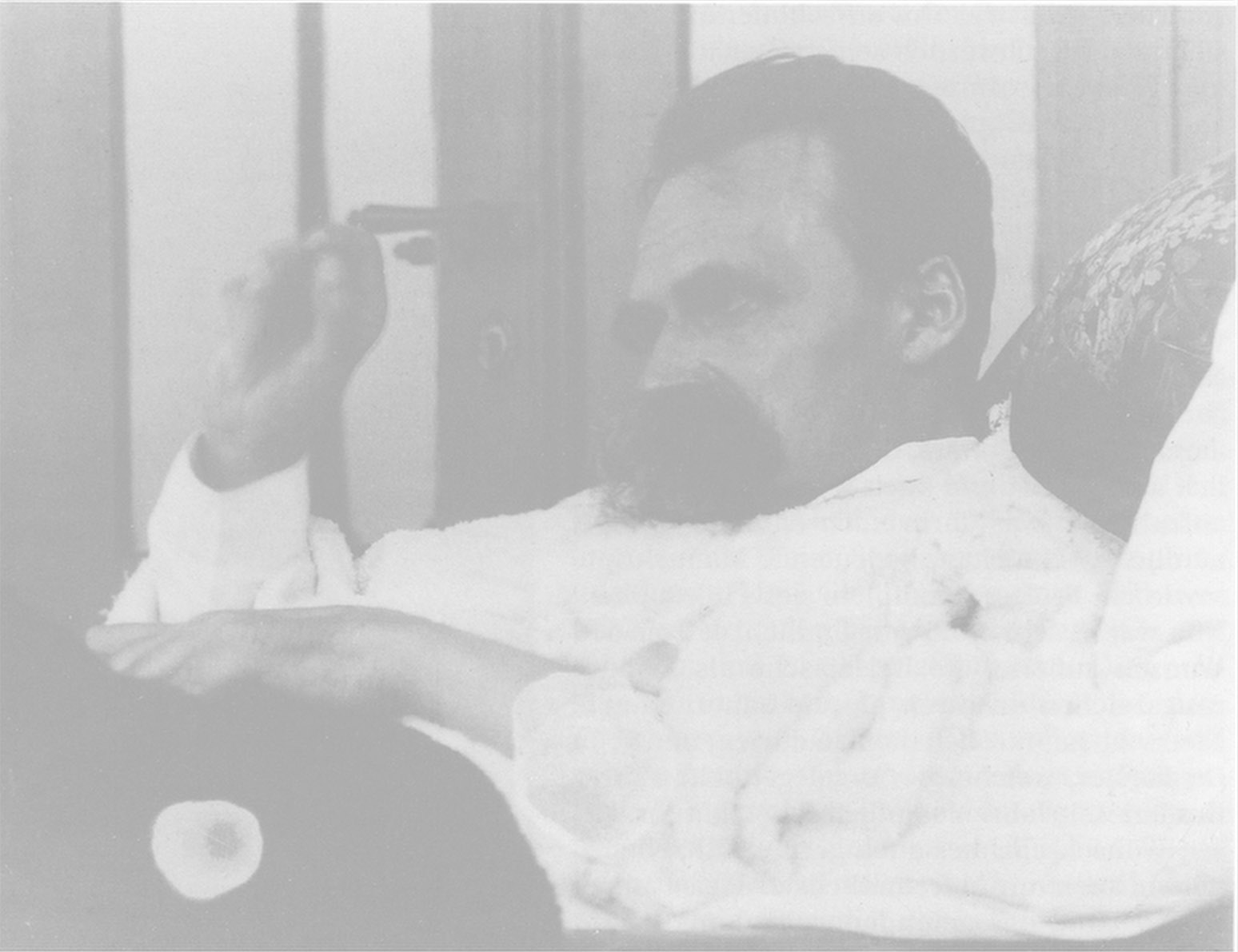CSS Smooth Text Color Transition
SOMETHING IS BEING
WRITTEN IN THE AIR
At the Kunsthistorisches Museum in Vienna, we can
observe a peculiar detail in the Renaissance master Correggio’s painting Jupiter and Io (1532–33). The hand is barely visible. The gaze has to search
for a while before we can make it out, enveloped in the thick, blue-grey cloud
of smoke that fills the picture’s surface. It is the Greek god Jupiter, who has
adopted the guise of a cloud, and it is his hand that captures our interest.
The nymph Io sits on white drapery. She is being embraced by the god’s
billowing, cotton-wool form. Her face is tilted back slightly. It is not
darkened by the presence of the cloud, but glows white in the smoke-laden
sunshine. One of her arms rests on a tussock of grass, the other is gripping a
cloud-shaped arm. The divine hand weighs on Io’s
waist, like a huge glove made of smoke, inside of which we glimpse the contours
of a smaller, human hand.[i] Undoubtedly, this is a conquest. At the same time, there is a feeling of
complicity between the human body and the divine substance, as if they are
completed by each other, in a kind of sacred respiratory cycle.
The projection of a film into the air:
an cloud of exhalation to hide in.
While Jupiter
has the lightness of a cloud, floating and formless, another aspect is also
present: something thick and nauseating, a physical weight. The shadow of the
cloud compacts together where Jupiter’s face is; that is to say, embodiment
takes place at the point where the cloud is at its most cloudy.[ii] The myth’s immaterial nephology is materialised in a body. Touch is something
that Io steps into. Touch is a place where an exchange occurs. Something leaves
her to meet what is in the air. It attacks the border between her and it. It
brings out what is within her, where it ultimately gets to be reunited with
itself:
.h h .h .hh
.h
.hh h .h h
.h (.) hh .h
.hh h h .hh
(o.o) .h .h h [iii]
If Correggio’s scene depicts an intoxication, we
have reason to emphasise the god’s substance-like character. That substance—is
it Io’s own? It does not take much imagination to invoke the presence of an
invisible joint in Io’s right hand. The hand has something graceful about it, but
also something convulsive. The fingers seem to have frozen stiff in the air. This
is the catatonic in the picture, and ultimately in all pictures.
In a note from
May 1934, Benjamin, while under the influence himself, writes about his own
hand, an enigmatic image: “This hand / is of every hand / my hand / is what it’s
called. … It is not located in the place where I believe it is.”[iv] The set position of the hand is
compared to the contours of a picture, which are fixed.
The catatonic’s hand combines
the least change in innervation with the maximum change in perception. It is in
a way a plastic approach. Just as the artist can change everything through
minor adjustments to the picture’s shading, the catatonic changes the whole spectrum
of ideas by making minimal alterations to their innervation. We can assume that
Benjamin had an original model for his description of the catatonic’s hand in
one of the last photographs of Friedrich Nietzsche. In it, Nietzsche is pictured
on the balcony of Villa Silberblick less than a year before his death. His gaze
is empty, his cheeks hollow, and his head slightly tilted. The cloud is
gathering, getting ever quieter and darker.
His hand is at eye level. His fingers have frozen stiff
in the air. They are curled inwards, as if grasping an invisible pen.
Something is being written in the air. ︎
[i] Here I cannot help thinking of the smoking paws of the beast in Jean
Cocteau’s film La Belle et la Bête (1946). The smoke in the painting is incorporated into the shape of a cloud.
This motif has its origins in Ovid’s Metamorphoses,
according to which Jupiter’s amorous encounter with Io takes place insidea cloud—created by the god for that purpose. Cocteau’s film ends appropriately
enough with an embrace in the shelter of the clouds: “En route!”
[ii] The anthropomorphic cloud is a reminder to us. The
apparently light and neutral is in fact filled with a torrent of data and
contaminants.
[iii] Selective transcription of an interview with the artist Richard Tuttle,
following the transcription conventions in Pragmatics (Cambridge:
Cambridge University Press, 1983). See “Richard Tuttle Interview: Artists Are
Like Clouds,” YouTube video, 13:28, posted by Louisiana Channel, 31 March 2014,
https://youtu.be/EEoZpS4AWLw.
[iv] Benjamin, On Hashish, 166.

